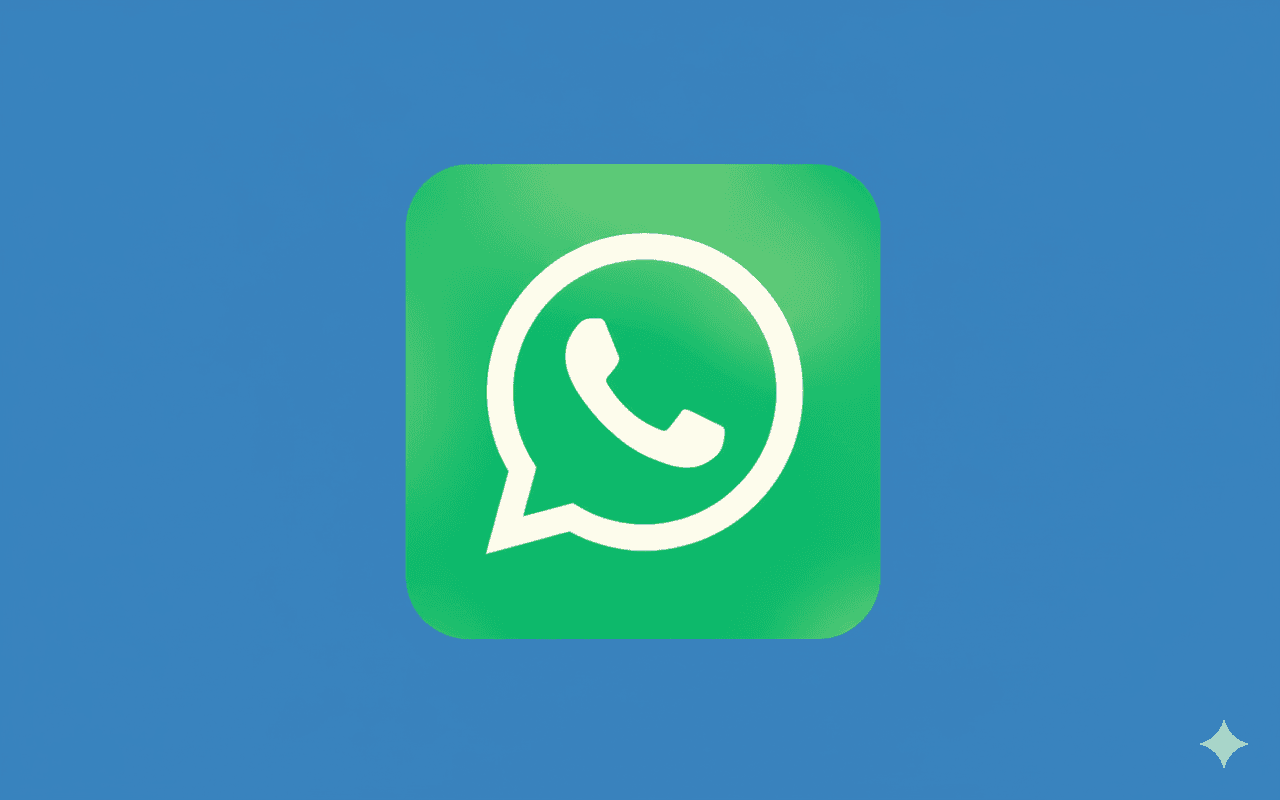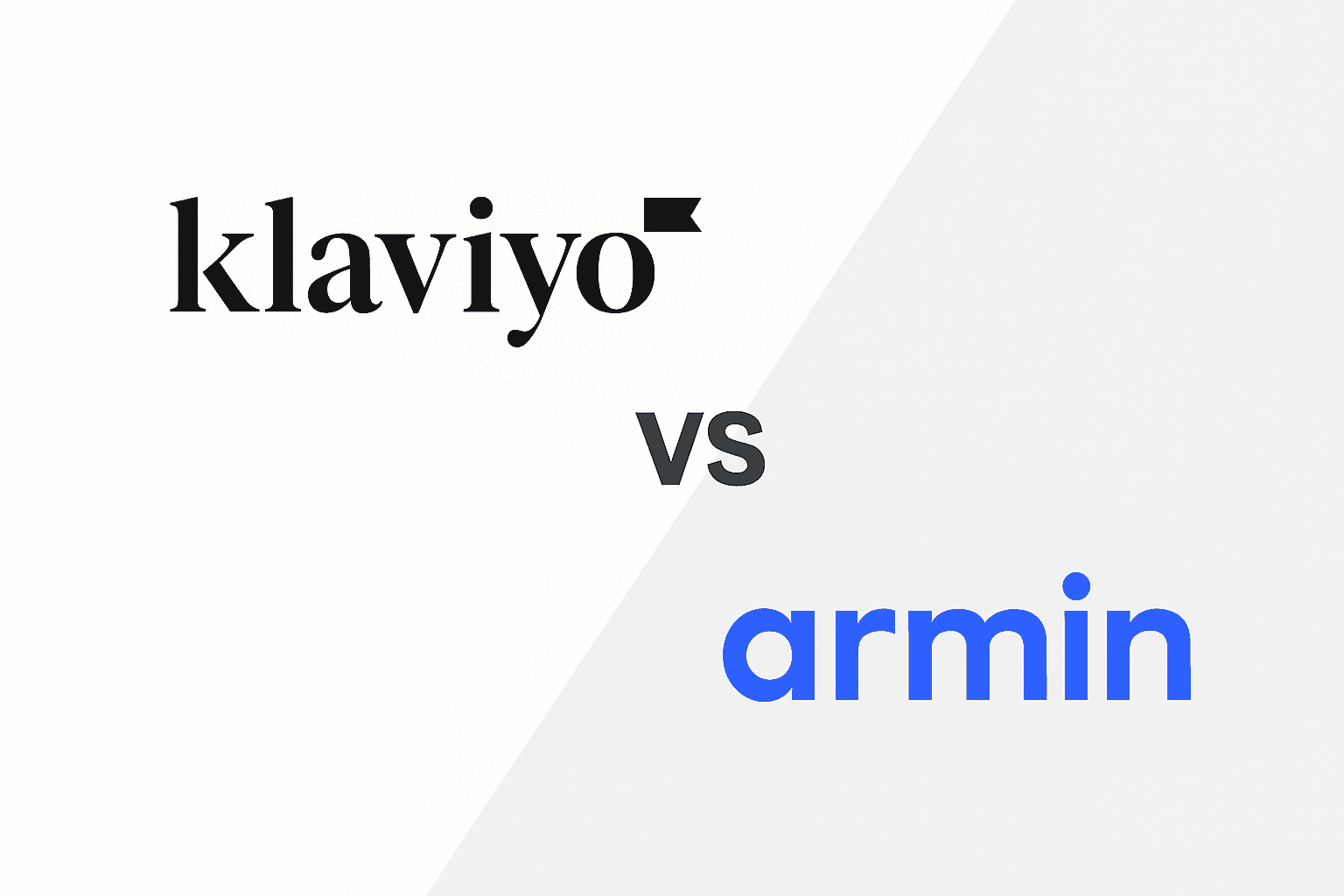Through new requirements and a clear pricing model, the WhatsApp newsletter has changed in 2026: For e-commerce companies, brands, and agencies, WhatsApp remains a strong marketing channel, but simple, free mass communication via broadcast lists is a thing of the past. Anyone creating WhatsApp newsletters today must not only factor in fixed sending fees but also comply with strict GDPR requirements, opt-in processes, and the Meta Commerce Policy. Only then will you achieve legally compliant, successful WhatsApp newsletter delivery that generates measurable open and click-through rates—and delivers real value in the marketing mix.
Why WhatsApp newsletters are in such high demand right now
With open rates of up to 98% and the close, messenger-style feel, the WhatsApp newsletter in 2026 is the tool of choice for marketing leads, CRM managers, and e-commerce teams when it comes to customer-centric updates, product news, or direct sales. WhatsApp ideally complements the classic email newsletter—provided that sending and content are GDPR-compliant, the pricing model is calculated transparently, and the relevant opt-ins are stored in an audit-proof manner.
Compared to SMS marketing or classic emails, WhatsApp push messages win with direct proximity, fast response times, and a lower risk of ending up in the “spam folder.”
Paid and regulated: What has changed for WhatsApp newsletters?
- No more free sending: Since 1 April 2025, Meta charges at least €0.1131 per marketing message sent via the WhatsApp Business API in Germany. See the table below for other countries.
- GDPR-compliant opt-ins are mandatory: Legally compliant sending requires a documented double opt-in and a data processing agreement (DPA) with the WhatsApp Business Solution Provider (BSP).
- DPA with the BSP: Without this legal framework, no processing of personal data may take place—a violation risks fines and marketing bans.
- Meta Commerce Policy: Defines which marketing actions are permitted. Chain letters, gambling, or certain product categories are prohibited.
- Pricing transparency via professional tools: Providers like Chatarmin, Charles, or Superchat offer transparent billing, price calculators, and GDPR-compliant sending out of the box.
Example calculation: What does a WhatsApp newsletter cost since April 2025?
| Country | Price per marketing message | Price per utility message | Support message (24h) |
|---|---|---|---|
| Germany | €0.1131 | €0.074 | €0.045 |
| Austria | €0.1225 | €0.081 | €0.051 |
| Switzerland | CHF 0.1278 | CHF 0.085 | CHF 0.053 |
Practical tip: Calculate ahead with price calculators: 5,000 contacts × €0.1131 = €565.50 per campaign. For frequent send-outs and large reach, thorough fee checks are essential.
What is a WhatsApp newsletter – and how does sending work in 2026?
Definition and workflow
The WhatsApp newsletter is a personalized marketing notification sent via the WhatsApp Business API (not the classic app/broadcast function!) to a large number of actively subscribed contacts. Through the messenger service, companies can reach their own target groups quickly, trackably, and with high open rates. The core of the new sending logic: Each message sent is an active process including double opt-in and GDPR compliance—no more “bulk push.” Modern business platforms handle delivery, documentation, and country-specific billing.
Legal framework: Double opt-in, DPA, and Meta rules
- Consent (DOI): Each contact must provide verifiable, actively confirmed opt-in—via QR code, chat-in, or button with explicit consent process.
- Easy unsubscribe (opt-out): Subscribers must be able to unsubscribe with a click or keyword within 24 hours—required by GDPR and the Meta Commerce Policy.
- DPA with the BSP: Mandatory, since personal data such as contacts, chat histories, and processing activities must be governed and documented.
WhatsApp newsletter costs & pricing models: clarity instead of pitfalls
What does sending really cost?
- Marketing messages: Each message costs per contact—no flat rate or free option anymore. Example Germany: €0.1131 per message.
- Utility and support messages: Slightly cheaper but also subject to charges; used for service, support, and tracking such as order confirmations or appointment reminders.
The calculation is contact-based—the more recipients in the distribution list, the higher the total amount.
Myth of the “free WhatsApp newsletter”: The classic app’s broadcast lists are no longer permitted for marketing messages, technically limited (max. 256 contacts), and in professional contexts a legal risk.
Price calculators: How to reliably calculate WhatsApp newsletter costs
- Major platforms like Chatarmin provide web-based tools that automatically factor in the number of recipients, country, and message type.
- Calculate your budget for monthly campaigns, A/B tests, and segmentations to ensure cost transparency.
- Example: 7,500 contacts × €0.1131 = €848.25 per send-out—clear calculations create planning security for email marketing comparisons and multichannel strategies.
Legal requirements: Checklist for GDPR-compliant WhatsApp newsletters
- Double opt-in: Documented, active process, e.g., via chat flow or button, with explicit confirmation.
- DPA: Contract with your Business Solution Provider (BSP) for legally secure data processing in accordance with Art. 28 GDPR.
- Respect the Meta Commerce Policy: No advertising of prohibited products, chain letters, or spam.
- Easy opt-out: Unsubscribing must be possible anytime, directly in chat, with no complicated process. Unsubscribes must be processed within 24 hours.
- Comprehensive documentation: All opt-ins, consents, withdrawals, and delivery details must be retained in an auditable format.
The 2019 ban on WhatsApp newsletters
As early as December 2019, WhatsApp officially prohibited free newsletter delivery and marketing messages via the classic app and broadcast lists. The reasons were spam issues, non-compliance with GDPR, and the widespread use of unofficial marketing tools. For companies, this step marked the end of “grey area” solutions: since then, only the WhatsApp Business API has been permitted for professional sending. Those who violated the ban risked account suspensions and legal warnings. This marked a clear break between private use and business messaging—and laid the foundation for today’s regulated newsletter structures via official business solutions.
Effective opt-in strategies: How to collect contacts legally and effectively
1. QR codes at point of sale or on products
QR code leads directly into an opt-in chat; customers sign up with a single click and provide explicit consent.
2. Chat-ins on website, shop, and social media
Click-to-WhatsApp buttons that automatically initiate a chat and DOI increase sign-up rates and are versatile in use.
3. Click-to-WhatsApp ads for direct lead generation
Meta ads (IG/FB) with direct entry into the DOI process; live conversion tracking in the WhatsApp newsletter tool.
Practical tip: Combine opt-in methods with exclusive benefits (e.g., discount or giveaway) and keep journeys short and clear (e.g., “Sign up now and get 10% off”).
Automation & segmentation: Greater success in WhatsApp marketing
- Automation: Welcome flows, birthday greetings, reminders of abandoned carts, product updates, or loyalty actions triggered by predefined logic and events.
- Segmentation: Targeted grouping by product interest, purchasing behavior, region, or engagement—for open and click-through rates far beyond email newsletter levels.
- A/B testing: Optimize subject lines, content, and sending times per segment. Tools like Chatarmin or Charles provide drag-and-drop editors for segmented, automated campaigns.
Creative content strategies & campaign templates for WhatsApp
- Welcome message: “Welcome to the [Brand] newsletter—exclusively via WhatsApp. Look forward to special offers & updates!”
- Product launch: “New now: [Product]. Just for you! Grab your early-bird discount in the chat.”
- Discount promotion: “15% off until midnight! Reply with ‘VIP15’ or click to order.”
- Service reminder: “Your second appointment is coming up. Just reply briefly—we’ll book it for you.”
Use emojis sparingly, include call-to-action buttons (“Order now,” “Get voucher”), and add interactive polls directly in the messenger. Always keep messages short, personal, and audience-focused.
Direct comparison WhatsApp vs. email newsletters: Performance & use
| WhatsApp Newsletter | Email Newsletter | |
|---|---|---|
| Open rates | 85–98% | 18–30% |
| Click rate | Up to 8x higher | - |
| Response | 4x faster | - |
| Advantages | Push character, direct dialog | Detailed content, archiving |
| Cost model | Per message/contact | Variable |
Recommendation: Use both channels in combination for maximum marketing success—WhatsApp for urgent and real-time communication, email for more detailed info and campaigns.
Tool comparison 2026: The best WhatsApp newsletter platforms for businesses
| Provider | Core features | Pricing transparency | Best for |
|---|---|---|---|
| Chatarmin | All-in-one incl. campaigns, segmentation, opt-in, social media integrations | Very high, incl. calculator | E-com, brands, large teams |
| Userlike | Chat support + solid newsletter | High | Support-focused brands |
| Superchat | Automation, CRM, campaigns | High | Flexible SMEs |
| Charles | Campaigns, segmentation, analytics | Transparent | Growth teams, D2C |
| Mateo | Affordable, solid basic features | Medium | Small businesses |
Checklist for choosing:
- Reliability and deliverability
- Simple, legally secure opt-in/opt-out workflows
- Price calculators and transparent fees
- Broad integrations with CRM/e-commerce/marketing tools
KPIs, benchmarks & practical examples: Measuring WhatsApp marketing success
- KPIs: Open rate (>85%), click rate (15–45%), conversion (>1–6%), opt-out rate (<2%), response rate in messenger.
- Benchmark: Good messenger campaigns achieve 85–91% opens and 18–37% click rates—fashion e-commerce sees up to 29% click rates with personalized updates.
- Practice: A segmented VIP offer brought one fashion shop 90% opens, 29% clicks, and 6.2% voucher redemptions—email newsletters were sometimes at just 1% conversion.
Success can be evaluated seamlessly in the dashboards of leading tools and used for further testing, segmentation, and content strategies.
Best practices for your WhatsApp newsletter
- Scale segmentation: Get to know your target groups, personalize messages, and work with different journeys for VIPs, first-time buyers, or cart abandoners.
- Use integrations: Connect CRM and social media, implement unified opt-in flows (QR code, web, ads).
- Set up automated flows: Welcome sequences, follow-ups, birthday campaigns—all editable via drag-and-drop.
- Include interactive elements: CTA buttons, reply options, mini-surveys create dialogue instead of monologue.
- Test sending frequency: 1–2 newsletters per week, adapted to audience and product, deliver the best results.
- Regular A/B tests: Optimize subject lines, send times, button texts, interaction rates.
- Stay compliant: Keep opt-in/opt-out documentation, privacy policies, DPAs, and Meta policy up to date!
Conclusion: WhatsApp Newsletter 2026 – Professional, compliant, and powerful in e-commerce
WhatsApp newsletter campaigns will remain a highly efficient way to build customer loyalty and drive direct marketing in 2026—provided they are understood as professional communication tools. With clearly calculated costs per campaign, legally secure double opt-in, DPA, GDPR compliance, and automated segmentation, businesses are well positioned. Tools like Chatarmin, Charles, or Superchat provide reliable technology, pricing transparency, and best-practice templates for opt-in, campaigns, analytics, and integrations. When set up properly, WhatsApp marketing achieves far higher interaction and conversion rates than classic email marketing—and secures a competitive edge in digital customer communication.
FAQ: Legal, cost & strategy questions about WhatsApp newsletters
1. How can I stay GDPR-compliant when sending WhatsApp newsletters?
Collect double opt-in, sign a DPA with your BSP, provide transparent privacy information, and maintain complete documentation—this ensures legal compliance.
2. What costs apply in 2026 for marketing messages?
Per message via the Business API: Germany €0.1131, Austria €0.1225, Switzerland CHF 0.1278 (as of April 2025). Additional costs may apply for segmentation or automation depending on the tool.
3. Which opt-in methods convert best?
QR codes at the POS, chat-ins on websites, click-to-WhatsApp ads in social media, and email campaigns with a clear opt-in journey deliver the highest sign-up rates—always with double opt-in!
4. How often should I send WhatsApp newsletters?
1–2 targeted send-outs per week, always relevant and personalized, achieve the best results. Test and adjust frequency as needed.
5. Is there a contact limit?
The app’s broadcast function is limited to 256 contacts, but with API/tools/BSP there is no technical limit—the decisive factor is opt-in per contact.
Ready to establish WhatsApp newsletters professionally in your marketing?
Test leading tools like Chatarmin, get expert advice on GDPR, cost planning, and automation—and take your customer communication to the next level.





